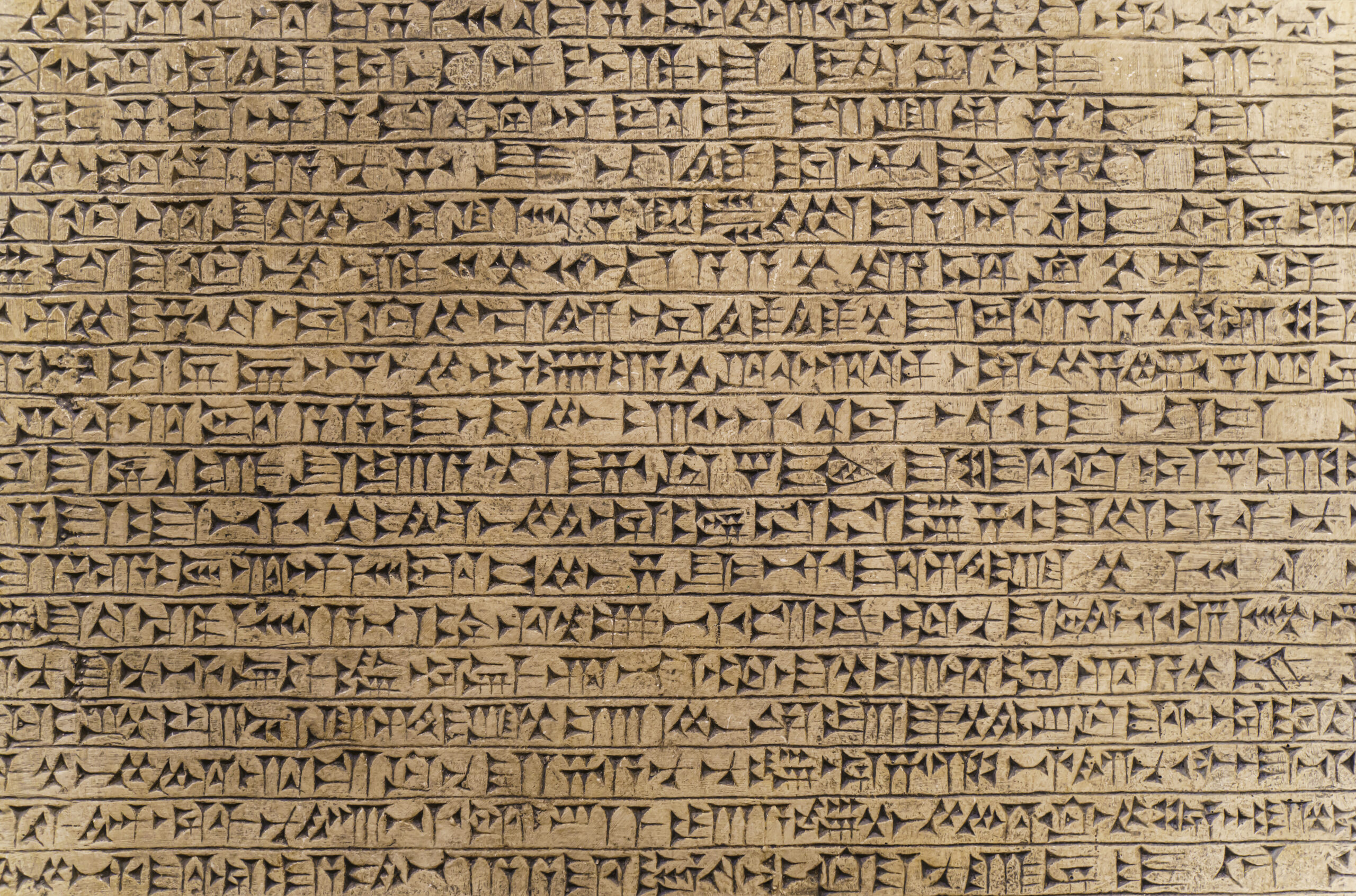Cuneiform Writing: The Dawn of Human Civilization
Cuneiform writing, one of the earliest systems of writing, emerged in ancient Mesopotamia around 3100 BCE. It is widely regarded as a cornerstone of human civilization, marking the transition from prehistoric societies to advanced urban cultures with recorded history.

PROJECT CONCEPT
Origins and Development
Cuneiform originated in Sumer, a region in southern Mesopotamia (modern-day Iraq). It was initially developed for economic purposes, such as keeping records of trade, taxes, and agricultural goods. The writing system began as simple pictographs but evolved over centuries into a series of wedge-shaped symbols pressed into clay tablets using a stylus.
The term “cuneiform” comes from the Latin word “cuneus,” meaning “wedge,” describing the distinctive shape of the symbols. The medium of clay was chosen for its abundance and durability, allowing many ancient records to survive to this day.
Structure and Usage
Cuneiform was a complex writing system that could represent objects, ideas, and sounds. Over time, it transitioned from representing specific objects to being more phonetic, allowing the recording of abstract concepts and languages.
Initially used for Sumerian, cuneiform was later adapted to other languages, including Akkadian, Babylonian, and Assyrian. This versatility made it a vital tool for communication across the Mesopotamian region.

Cultural and Historical Significance
Cuneiform played a critical role in preserving Mesopotamian culture, knowledge, and administration. It was used to document laws (such as the Code of Hammurabi), religious texts, literature (like the Epic of Gilgamesh), and scientific advancements in astronomy, mathematics, and medicine.
The widespread use of cuneiform across various kingdoms and empires established it as a unifying medium for governance, trade, and cultural exchange.
Decline and Legacy
The use of cuneiform declined after the fall of Mesopotamian civilizations and the rise of alphabetic scripts, such as Phoenician and Aramaic, which were easier to learn and use. By the 1st century CE, cuneiform had become a lost art.
Modern scholars deciphered cuneiform in the 19th century using the Behistun Inscription, a trilingual inscription that served as a “Rosetta Stone” for the ancient script.
Conclusion
Cuneiform writing represents humanity’s first steps into recorded history. Its development laid the foundation for writing systems worldwide and provided invaluable insights into the culture, governance, and daily life of ancient Mesopotamia. The legacy of cuneiform continues to inspire awe as a testament to human ingenuity and the desire to communicate across time.

































